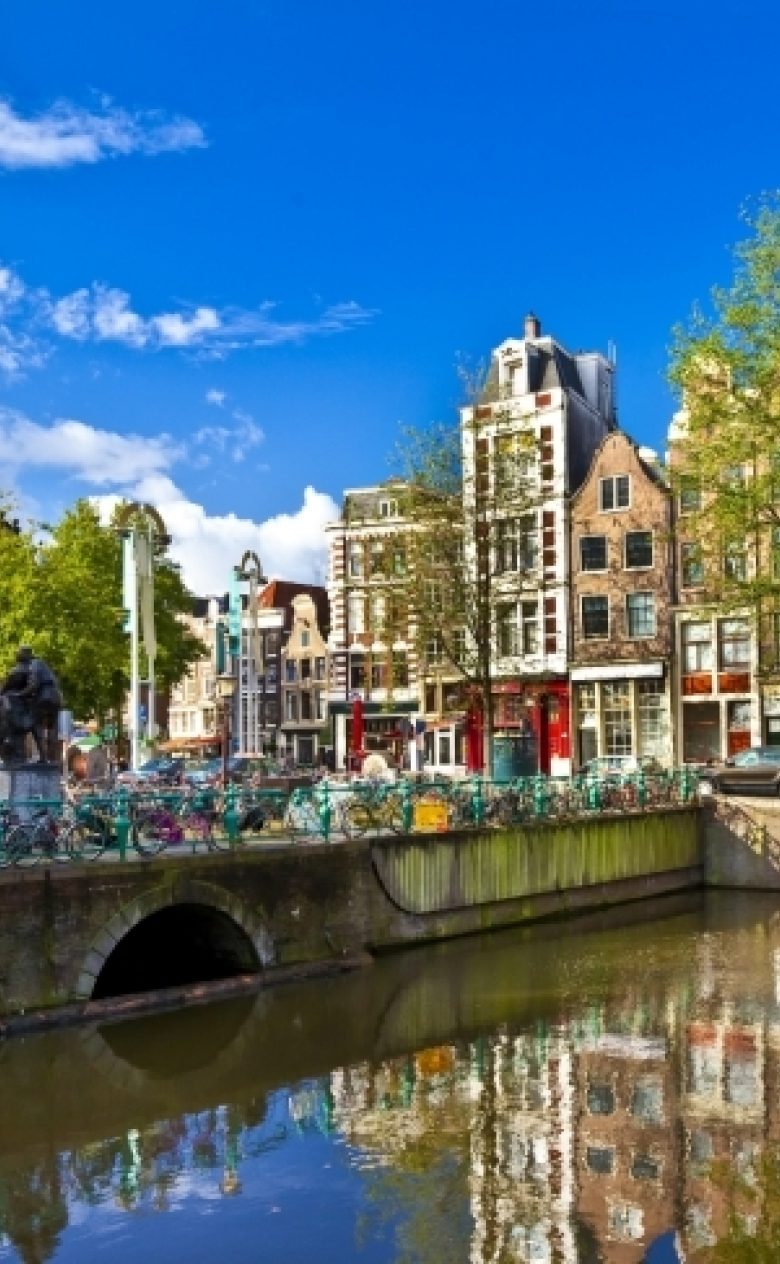Robust quay walls for Amsterdam
The maintenance work is overdue on many quay walls in Amsterdam. One quay has even collapsed; some others are subsiding, with all the inevitable consequences for people and traffic. Deltares is helping the city of Amsterdam to speed up the replacement of quay walls using a smart approach, and identifying the locations that are most at risk.

The centuries-old canals, characteristic buildings, bridges and quays of Amsterdam attract many thousands of tourists every year. As well as being a wonderful spectacle, the 850 bridges and 200 kilometres of quay walls on wooden piles are also important traffic infrastructure.
And that is where things have sometimes gone wrong in recent years: maintenance is overdue on many of these bridges and quay walls, and they are coming to the end of their lifespan.
Quickly identifying subsiding quay walls
The replacement of a quay wall is not an easy operation and there is a risk for surrounding buildings. In the past, the city of Amsterdam has used survey instruments – levels – to measure subsidence in buildings. That process took at least two years: it was often impossible to draw on historical data and the measurements were not very accurate. Deltares is now helping Amsterdam to catch up with the rest of the world by quickly identifying which quay walls are most likely to subside.
We are working with the city on the formulation of a knowledge agenda and the development of an assessment framework and the associated protocol. That involves close collaboration with TNO, Delft University of Technology and the Amsterdam Institute for Advanced Metropolitan Solutions (AMS). That will make it easier for the city to identify the quay walls that have to be replaced first.
Satellite measurements
Deltares and Delft University of Technology developed a way of mapping out subsidence much more quickly. Deltares transformed Delft's scientific knowledge into a practical method for the client that uses satellite measurements. These measurements are already available for the last ten years and new data are added every eleven days.
'This software can identify subsidence immediately and repair work on the quay walls can start two years earlier,' says Mandy Korff, geotechnical expert with Deltares.
The method shows whether there is a probability that is higher or lower than five percent that a building is subsiding more than two millimetres per year. This is a threshold based on practical experience that indicates how stable the buildings are. The procedure has been validated in three case studies and it was found to be reliable.
In addition, Deltares is also developing the associated user-friendly software for the procedure. This software can probably also be applied to other projects in the future.

